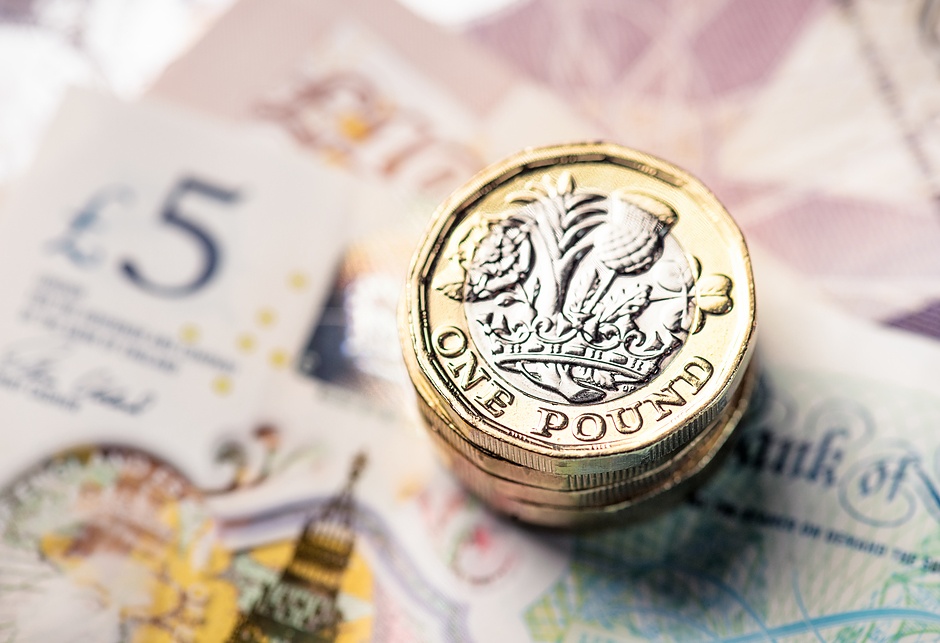GBP/JPY rises to new 16-year high after Pound Sterling rallies on strong GDP data
- GBP/JPY rallies to a new high above 208 after the release of better-than-expected UK GDP data supports GBP.
- The data could lead the BoE to take a more cautious approach to cutting interest rates, supporting GBP.
- Japanese PPI inflation data rose strongly in June but BoJ is still not expected to aggressively raise rates, weighing on JPY.

GBP/JPY has reached a new 16-year high of 208.11 on Thursday, driven by an appreciating Pound Sterling (GBP) after the release of better-than-expected Gross Domestic Product (GDP) data for the United Kingdom, in May.
GBP/JPY Daily Chart

The UK economy grew at a pace of 0.4% month-over-month in May, higher than economists’ consensus estimates of 0.2% and April’s 0.0%, according to data from the Office of National Statistics (ONS), released on Thursday.
“Many retailers and wholesalers had a good month, with both bouncing back from a weak April. Construction grew at its fastest rate in almost a year after recent weakness, with house building and infrastructure projects boosting the industry”, said Liz McKeown, Director of Economic Statistics at the ONS.
The stronger growth data for May suggests UK GDP growth in Q2 could come out at 0.7% quarter-over-quarter, which is higher than the Bank of England’s (BoE) forecast of 0.5%, according to Capital Economics.
“At the margin this may mean the Bank (BoE) doesn’t need to rush to cut interest rates. We still think the Bank will cut interest rates from 5.25% to 5.00% at the next policy meeting in August, although the timing of the first cut will be heavily influenced by June’s inflation and May’s labour market data releases next week,” says Ashley Webb, UK Economist at Capital Economics.
Though still unlikely, a delay in the timing of the BoE’s first rate cut would lead to a stronger Pound Sterling. More probable is that the BoE reduces interest rates at a slower pace. This too would support GBP, however, since higher interest rates are positive for currencies as they attract greater inflows of foreign capital. It would also probably push GBP/JPY higher. That said, expectations remain elevated the BoE will pull the trigger and cut rates in August.
“We believe it is a done deal (August rate cut), as there is simply no reason to wait until September 19. Inflation is already at the 2% target, while the economic data have clearly softened in recent months,” said Dr. Win Thin, Global Head of Markets Strategy at Brown Brothers Harriman (BBH).
GBP/JPY upside capped by hot Japanese inflation
GBP/JPY upside may be tempered, however, after recent hotter-than-expected Producer Price Index (PPI) data from Japan. PPI measures “factory gate price” inflation which is often a precursor to inflation in the wider economy. PPI in June came out at 2.9% year-over-year, beating the previous month’s 2.6% YoY reading and in line with consensus expectations. It was the fifth consecutive month of increasing gains for the indicator, the 41st consecutive month of PPI inflation, and the highest reading since August 2023.
Despite the higher inflation data the Bank of Japan (BoJ) is still not expected to begin an aggressive tightening cycle in which it ratchets up interest rates in meeting after meeting. Rather it is only expected to make 0.35% of interest-rate hikes in the next 12 months according to BBH, so “upwards pressure” is likely to persist in Yen pairs.
GBP/JPY faces a further risk of “stealth intervention” by the Japanese authorities to prop up the Japanese Yen (JPY), according to Sagar Dua, Editor at FXStreet. In late April and early May 2024, the Bank of Japan (BoJ) undertook direct market interventions to buttress the Yen when it was at lower levels. A too-weak Yen is seen as a financial stability risk for importers and encourages the “wrong kind” of inflation in the economy, according to Japanese policy makers and currency czars.
Author

Joaquin Monfort
FXStreet
Joaquin Monfort is a financial writer and analyst with over 10 years experience writing about financial markets and alt data. He holds a degree in Anthropology from London University and a Diploma in Technical analysis.

















